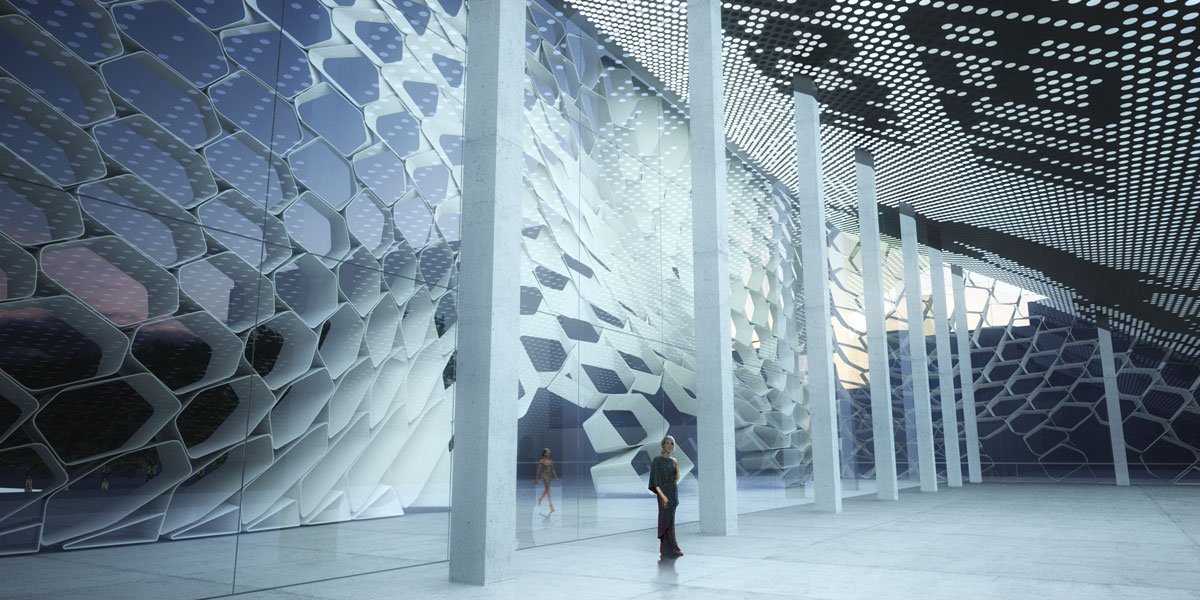Smart Building Facade
A smart building facade combines a range of functions to provide energy efficiency.
A building’s automation system acts as its central nervous system, analysing data in
order to regulate the building’s facade modules smart film glass. Whether it’s a skyscraper or a
residential building, a smart facade system can adapt to local characteristics and
use to optimize performance. This can include everything from solar panels to
thermal insulation. Moreover, it can incorporate a unique theme or message to
attract more attention.

A smart building facade can measure a building’s energy needs using natural energy
sources such as airflow and geothermal heat. It can also monitor various external
influences and transmit the information to a central control unit Chiefway Thailand. The smart building
facade is made up of several individual elements, all connected to each other using
a network of sensors and control units. These devices communicate via radio or
cable to control a building’s performance. The smart building facade can reduce
energy consumption and increase comfort levels.
Smart-IoT facade modules measure the operating conditions of a building’s envelope
and enable it to adapt its functions. There are already commercially available smart
facade modules in the market. Smart-IoT facades can be used to upgrade existing
buildings and install building automation components on-site. The sensors are
embedded into the facade’s prefabricated elements. The IoT platform helps the
building facade communicate with external actors. It can also provide real-time
information about energy and comfort.

Smart building facades can adapt to changes in environment and change at the
same time. The components are either passive or active and can respond to changes
in temperature and humidity. This allows them to maximize natural sunlight, protect
from solar radiation, and regulate ventilation and heat input. This is why smart
facades are so desirable and efficient. Its benefits are endless. With so many new
technologies and innovations, building facades can become smarter than ever. It’s
time to start thinking smarter.
One way to improve facade inspections is to utilize drones. These drones will be
used to scan the exterior of buildings to detect any damage. The data collected will
be sent to building engineers, who can review them for efficiency. Smart-facade
inspections will also save time and money. Intelligent building façade technology
will provide building owners with comprehensive reports on the condition of their
properties. It’s also a safe way to maintain the health and safety of their properties.
Smart buildings will also benefit the environment. They’ll be better equipped to meet
user needs while reducing their operation costs. Architects need to keep up with new
developments in materials, which will make a difference to the industry and the
environment. Smart buildings will not only help reduce the environmental impact,
but they will also be better able to meet occupant demands faster. The Hinge Report
takes a closer look at the trends in the AEC industry.




